
English Grammar The Simple Past Tense (Part 1) YouTube
To form the simple past tense, you have to use the past tense form of the verb . Just add an '-ed' to the base form of the verb. For example: walk → walk ed. play → play ed. talk → talk ed. Add '-d' if the verb already ends in '-e' to the base form of the verb. For example: love → love d.
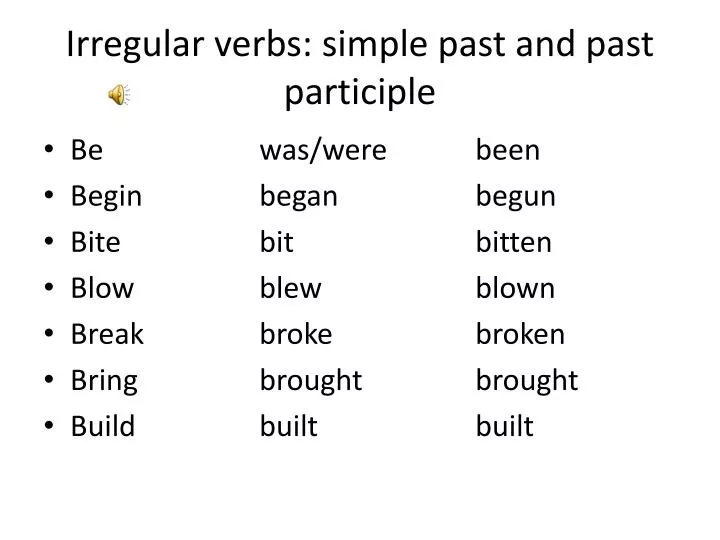
😎 Simple past begin. Simple Past and Present Perfect. 20190219
Regular past simple forms are formed by adding - ed to the infinitive of the verb. start → started. kill → killed. jump → jumped. That seems easy! Yes, but there are some spelling rules. If a verb ends in - e, you add - d. agree → agreed. like → liked.
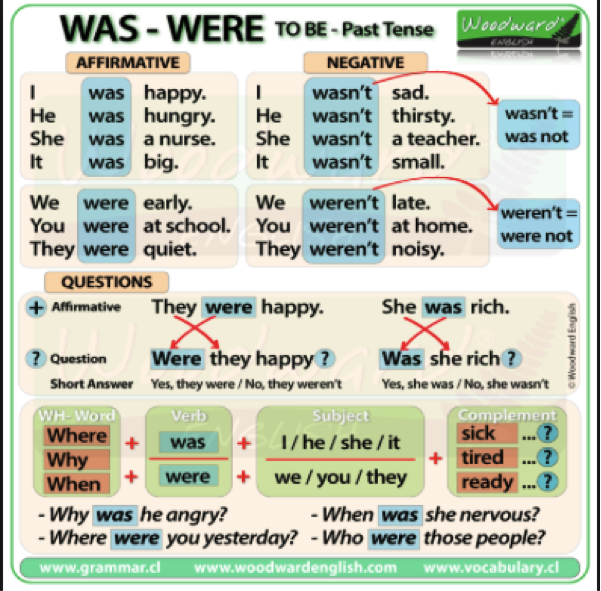
PAST SIMPLE
Past Simple Past Participle Gerund ; start: started: started: starting [stɑːrt] [ˈstɑːrtəd] [ˈstɑːrtəd] [ˈstɑːrtɪŋ] [stɑːt] [ˈstɑːtɪd] [ˈstɑːtɪd] [ˈstɑːtɪŋ] Trainer Settings. Break into pronouns . Shuffle cards . Nominal forms . Past Simple Past Participle Gerund. Simple tense .
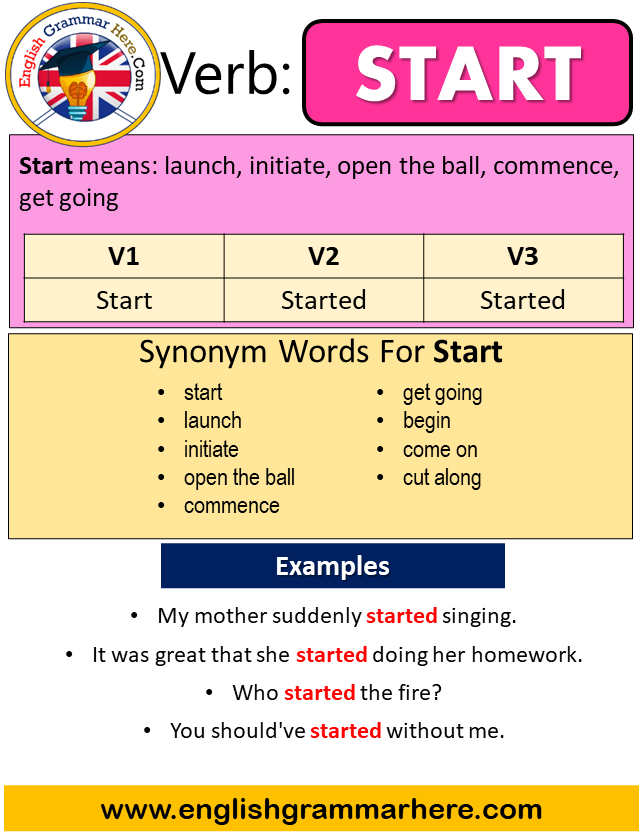
Start Past Simple in English, Simple Past Tense of Start, Past
'to start' conjugation - English verbs conjugated in all tenses with the bab.la verb conjugator. bab.la - Online dictionaries, vocabulary, conjugation, grammar.. Simple past. english. started; Past participle. english. started; More information. Full conjugation of "to start" Translations for "to start" Full conjugation of "to start" Indicative.
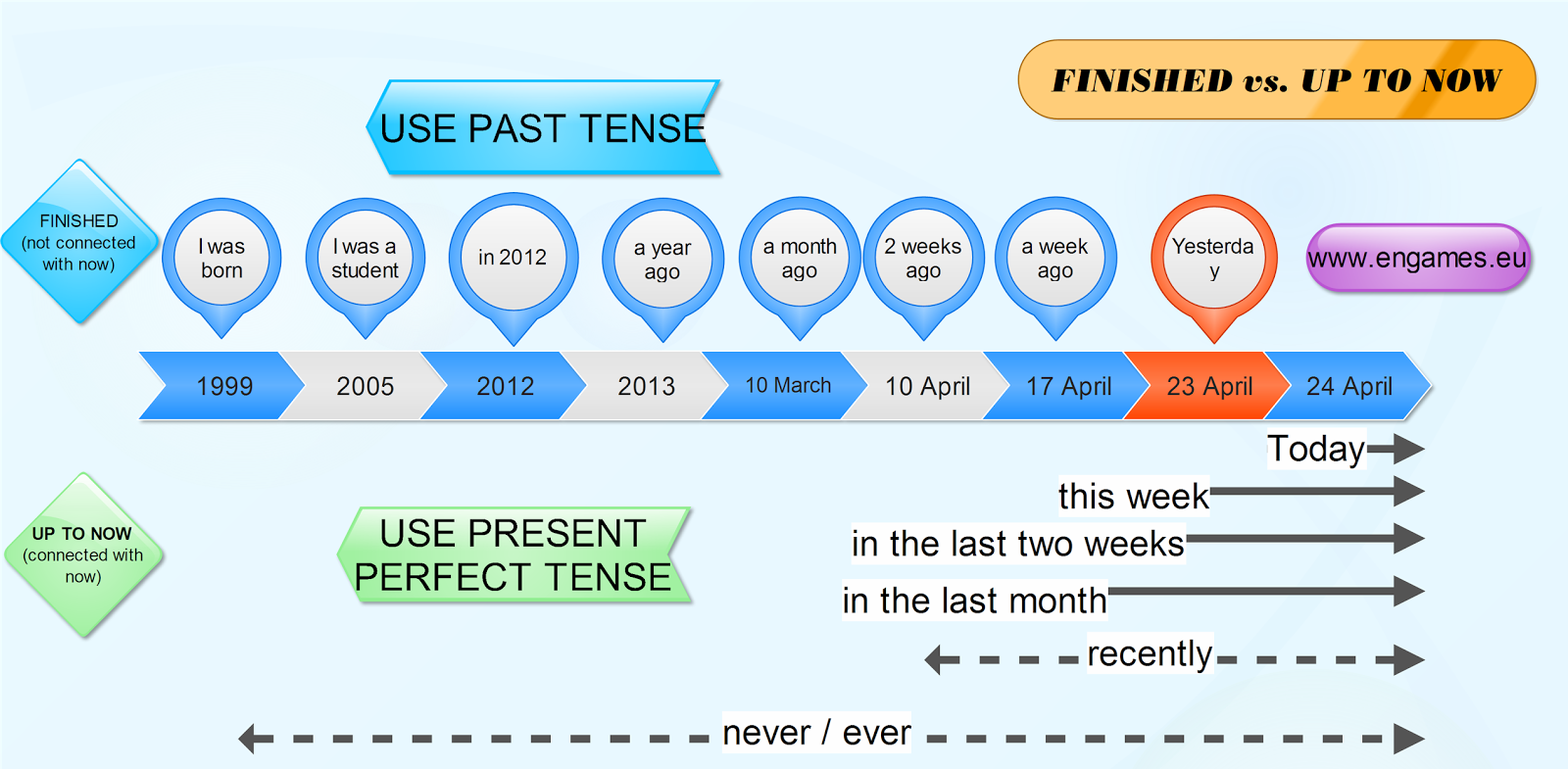
Keep your English alive! PAST SIMPLE vs. PRESENT PERFECT
Conjugation of Start. Simple / Indefinite Present Tense. He/She/It starts . I start. You/We/They start. Present Continuous Tense. He/She/It is starting. I am starting. You/We/They are starting.

Prevent Past Simple, Past Participle, V1 V2 V3 Form of Prevent
present perfect; I: have been starting: you: have been starting: he, she, it: has been starting: we: have been starting: you: have been starting: they: have been starting

View Ejemplos De Wish Past Simple Full Sado
The basic structure of the past simple is: Subject + past tense + object. So all you need to do is to put the verb in its past form. There are two types of verbs - regular and irregular. Regular verbs are easy because you simply have to add -ed, -d, or -ied. for verbs ending in most consonants, add -ed.

The Past Simple with "be" English Study Here
The Past Simple (Simple Past) with Other Verbs. We make the past simple just like the present simple except we use 'did' instead of 'do / does'. It's really easy because 'did' doesn't change, even with 'he / she / it'. The positive: We usually make the positive by adding '-ed' to the infinitive. For example, 'play' becomes 'played'.

Pin on A1 English
Start V1 V2 V3 V4 V5, Past Simple and Past Participle Form of Start. When learning English you need to know the meaning of certain words first, and then sort the words appropriately according to grammatical rules. Verbs in a regular structure can be transformed with a simple rule, whereas in irregular verbs, this situation is slightly different.

Past Simple Examples
English verb TO START conjugated in all forms, with full audio, irregular highlighting, negative forms and contractions.. Infinitive: to start Gerund: starting Past participle: started Simple past: started Irregular forms Auxilliary verb Spelling change Use contractions. Positive Negative.

Sintético 100+ Foto Diferencia Entre El Past Simple Y El Present
The infinitive of the word form is "start." The present participle form is "starting." The past tense form is "started" and past participle form is "started." Understanding verb tenses. The general grammar rules that govern past tenses are as follows. The simple past tense form is created by adding a -ed or -d affix to the root.

Verb use in past simple
Start in Past Continuous (Progressive) Tense. Singular. Plural. I was starting. We were starting. You were starting. You were starting. He/She/It was starting. They were starting.
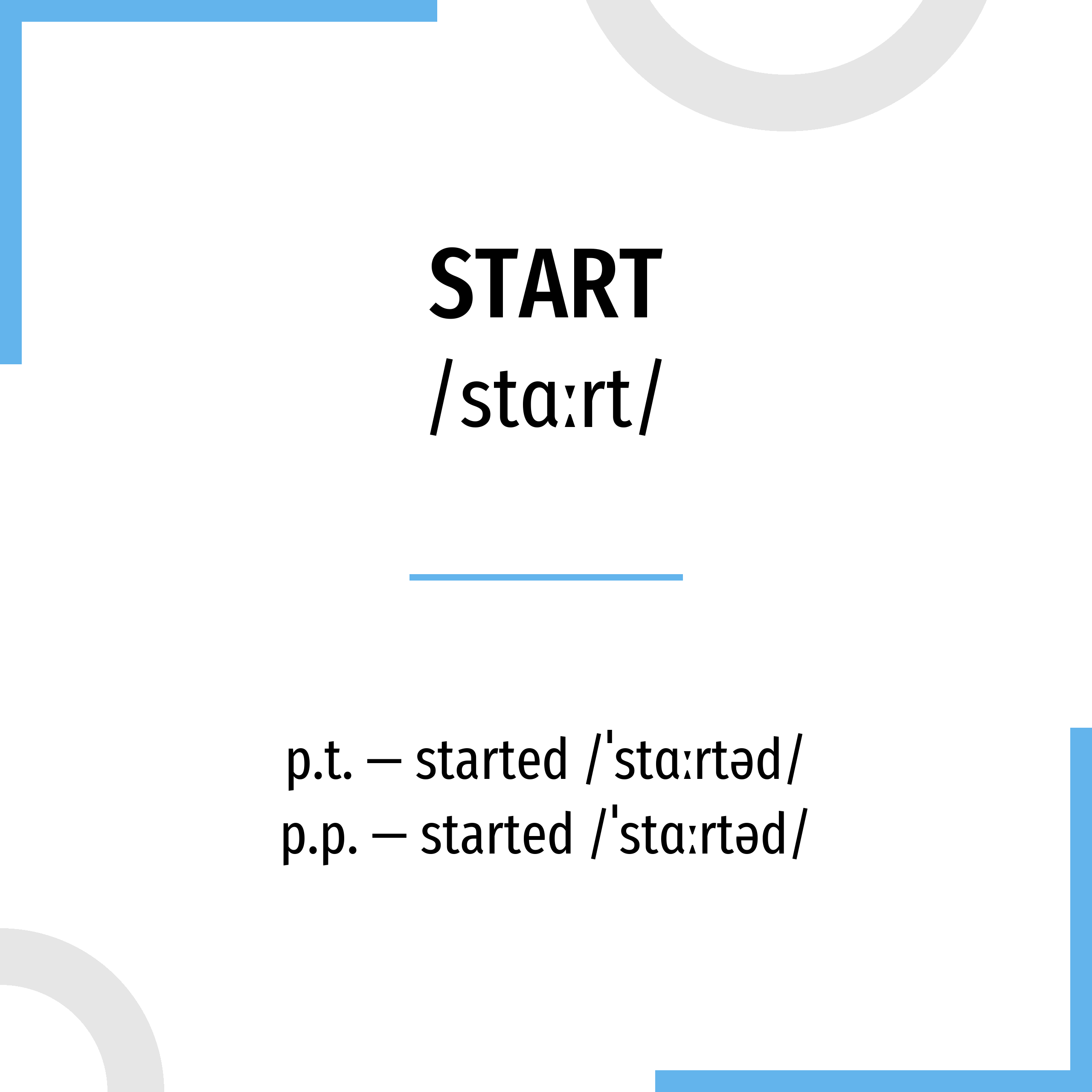
Start Past Simple форма
Permalink. Hi yyyyyyyy7, "When" + past simple action 1 + past simple action 2 shows actions that are connected in the sense that action 1 leads smoothly into action 2. Action 2 follows very shortly after action 1. The focus of the sentence is on both actions. When I closed my eyes, I fell asleep.

Begin Past Simple, Simple Past Tense of Begin, V1 V2 V3 Form Of Begin
The past forms don't change. I took a taxi to the airport. (take → took) That was when we spoke. (speak → spoke) One person gave me his last bar of chocolate. (give → gave) I see what you mean. I made, you made, he made, she made, it made, we made, they made! Exactly!
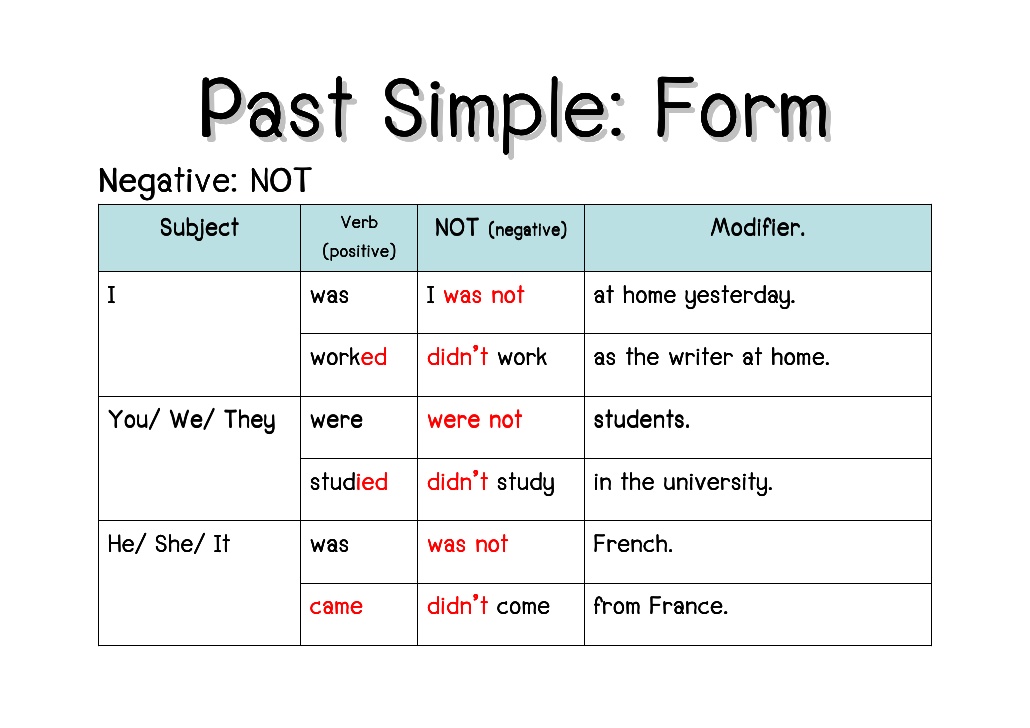
BLOG FOR ESO STUDENTS Past Simple
Conjugate the English verb start: indicative, past tense, participle, present perfect, gerund, conjugation models and irregular verbs. Translate start in context, with examples of use and definition.

English Corner Unit 2 In the news. Grammar!
Learn the three forms of the English verb 'start'. the first form (V1) is 'start' used in present simple and future simple tenses. the second form (V2) is 'started' used in past simple tense. the third form (V3) is 'started' used in present perfect and past perfect tenses.